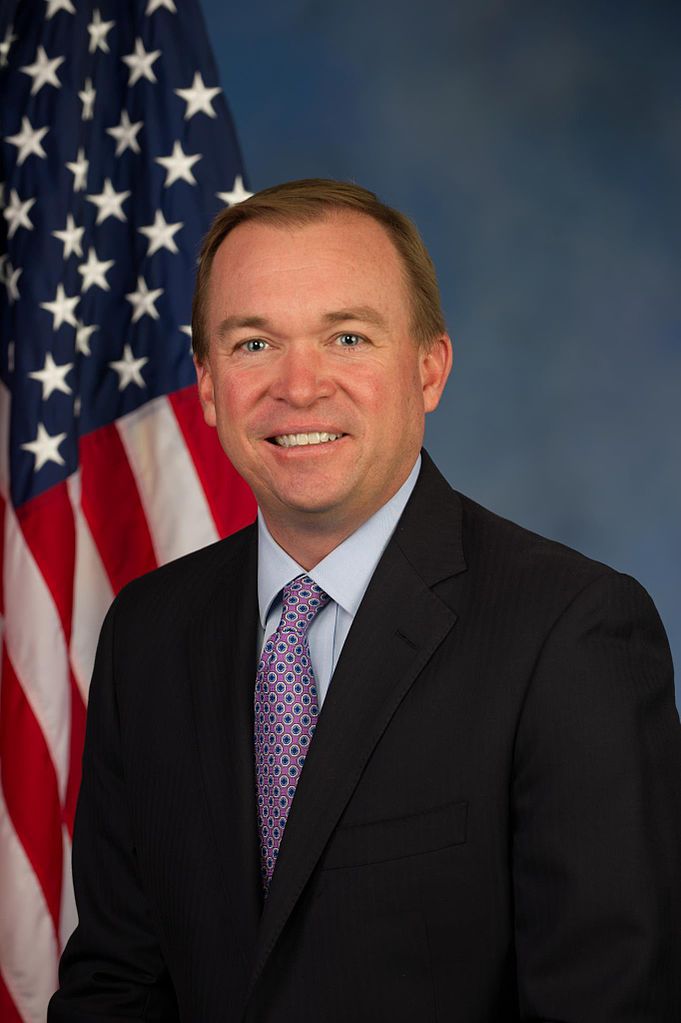ISO: An Infrastructure Plan That Works for Women and Families


Last month, the Administration released its infrastructure plan. The details of this plan are deeply troubling. First, the plan assumes that $200 billion in federal investments (mostly gleaned from budget cuts) will stimulate $1.5 trillion in total investments from states and localities and the private sector. This seems overly optimistic, to say the least, with many states already investing in infrastructure and others anticipating lower revenues due to the Republican tax plan. What’s more, what we know about some public-private infrastructure projects raises serious questions about the extent to which the public will end up footing the bill. Second, we’ve heard that the Administration plans to allow infrastructure projects to speed through the environmental permitting process — which seems designed to bypass important environmental protections. Third, the proposal purports to address “workforce development” without increasing funding for education or training. Indeed, the proposal comes at the same time that Trump’s proposed budget would actually cut federal job training and educational assistance programs.
The infrastructure plan was met with widespread skepticism when it was announced, and just last week Republican lawmakers downplayed the chances for legislative action. But let’s imagine for a moment what an infrastructure plan would look like if it were designed to increase opportunities for women and their families. Increased investments in infrastructure have the potential to create jobs, including higher-wage jobs in professions like construction and engineering in which men have traditionally predominated. Women, who are significantly overrepresented in the low-wage workforce, particularly stand to benefit from the opportunity to access such jobs. So, in addition to ensuring fair wages and benefits like paid sick days for jobs in infrastructure projects, it is important for any infrastructure plan to ensure that women have access to those jobs through increased funding for education and training and apprenticeship programs. Especially for women who are caregivers, fair scheduling practices and work supports like child care that help women participate in job training and education, and get and keep jobs, are critically important. And, given the prevalence of sex discrimination and sexual harassment in nontraditional jobs, it’s especially important to have robust antidiscrimination protections for federal contractors, and robust enforcement of those protections.
Since so many have already proclaimed that the Administration’s infrastructure plan has little chance of becoming a reality, why not start over – and make a meaningful effort to design an infrastructure plan that works for all of us, including women and their families.





